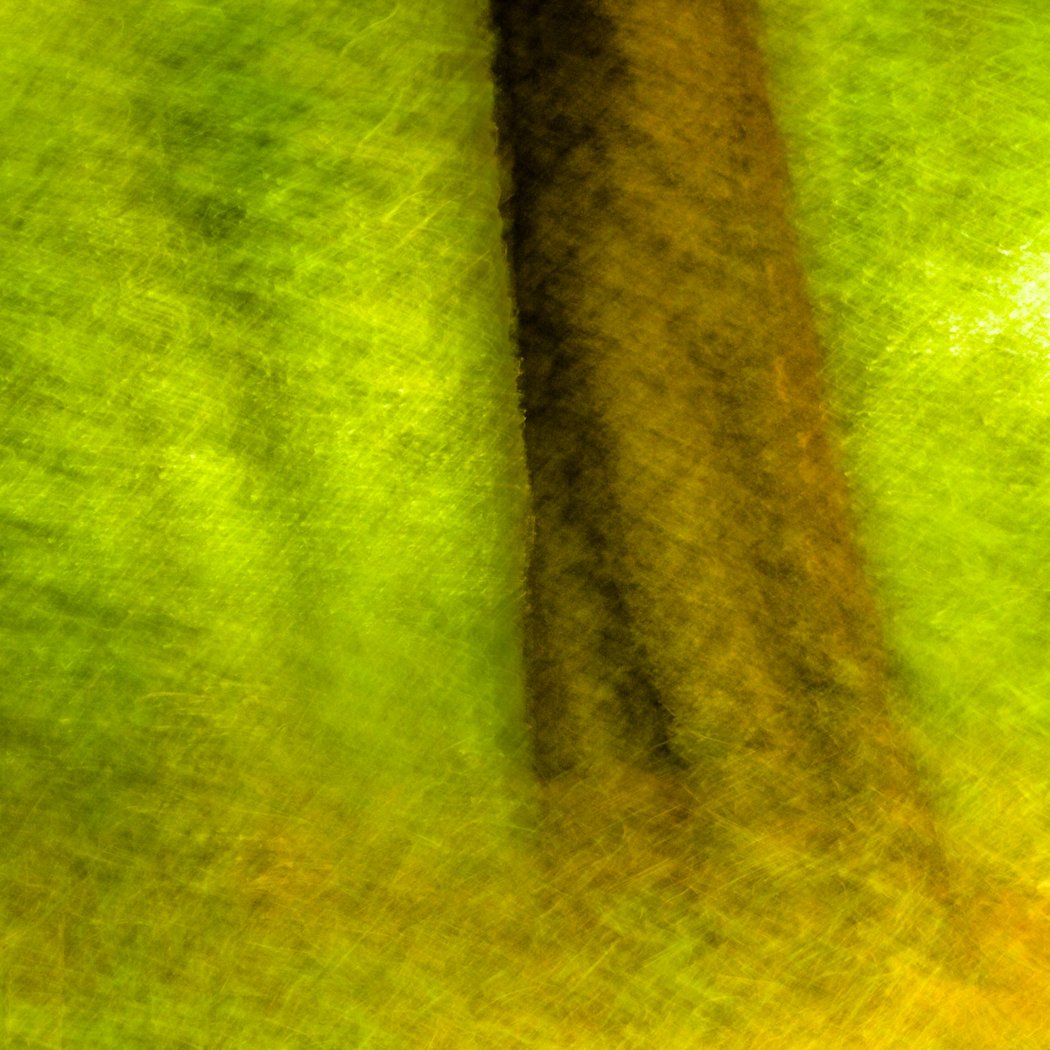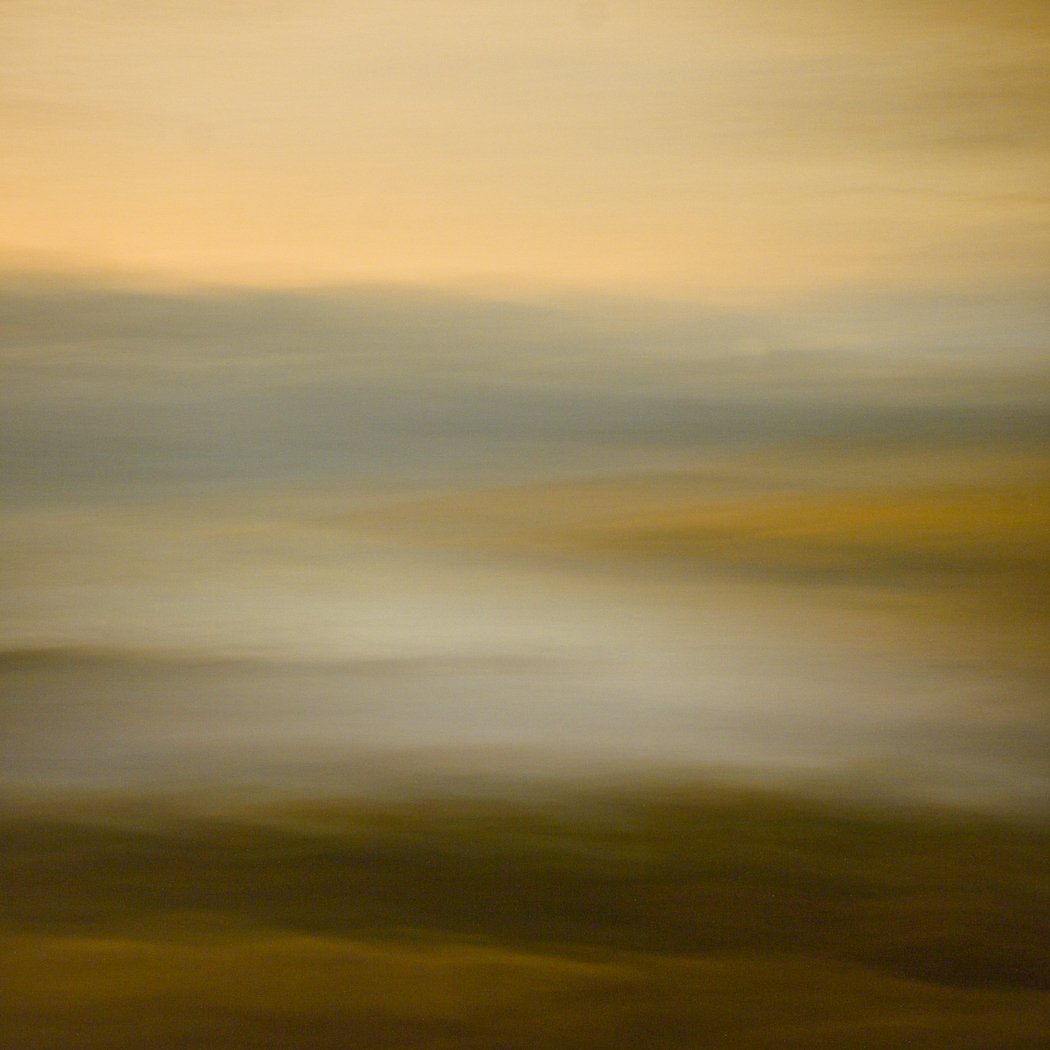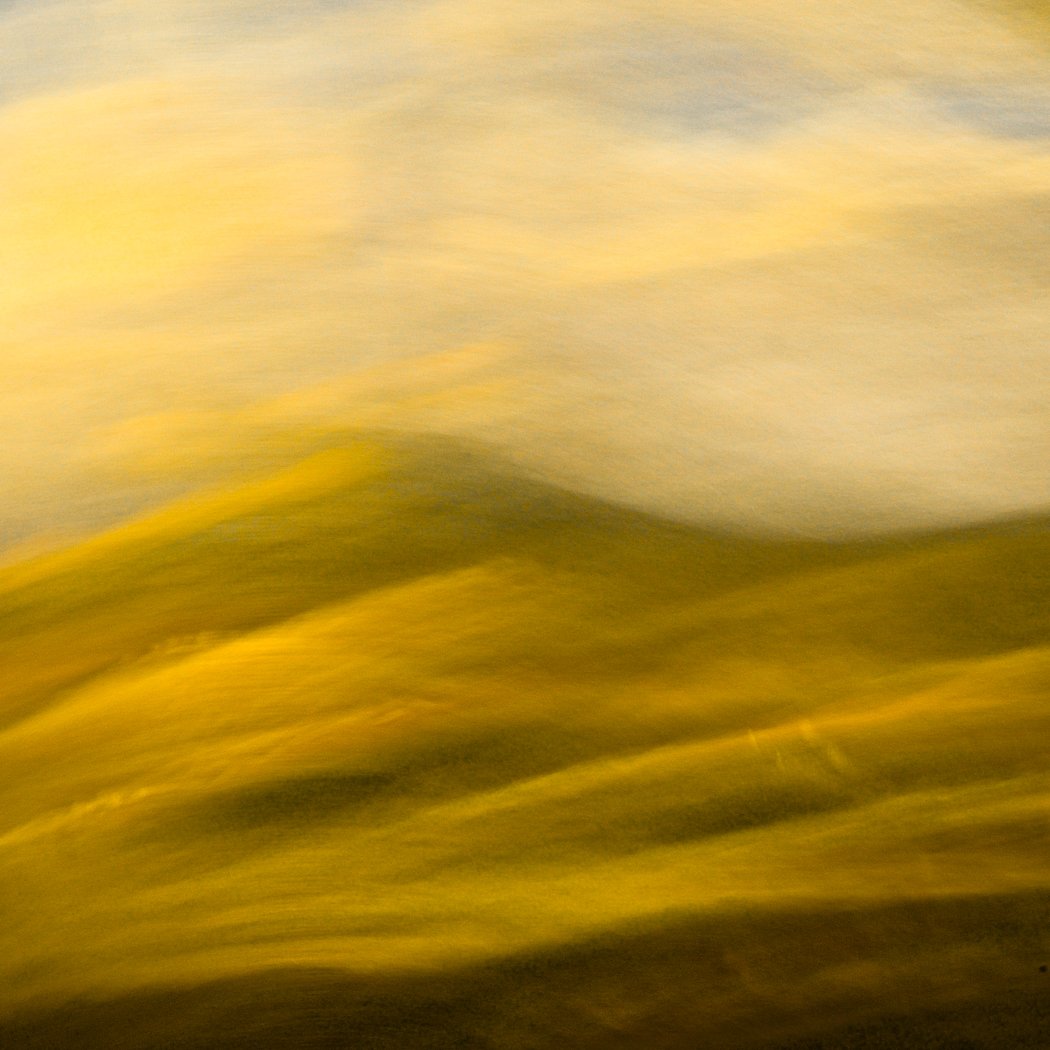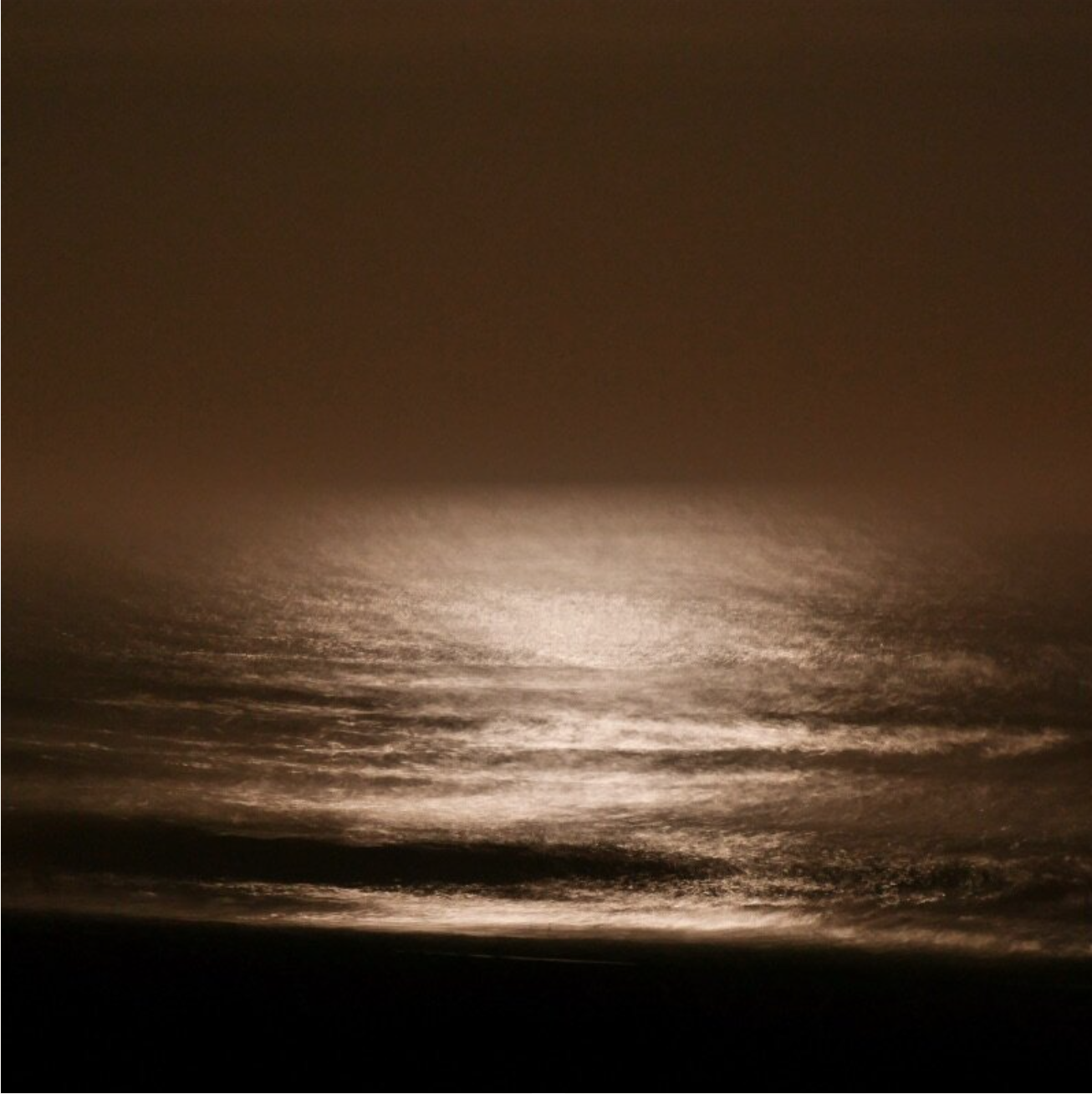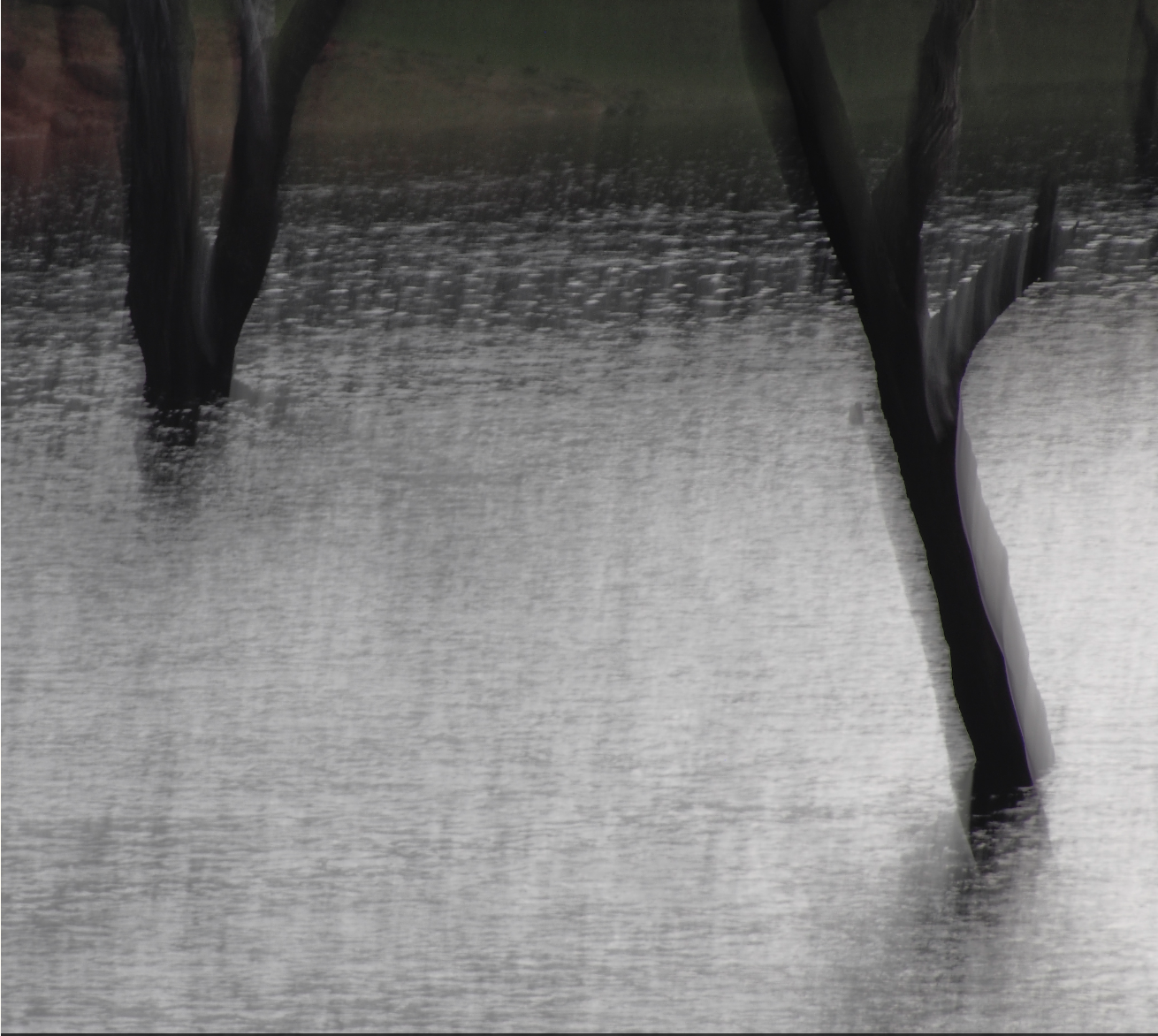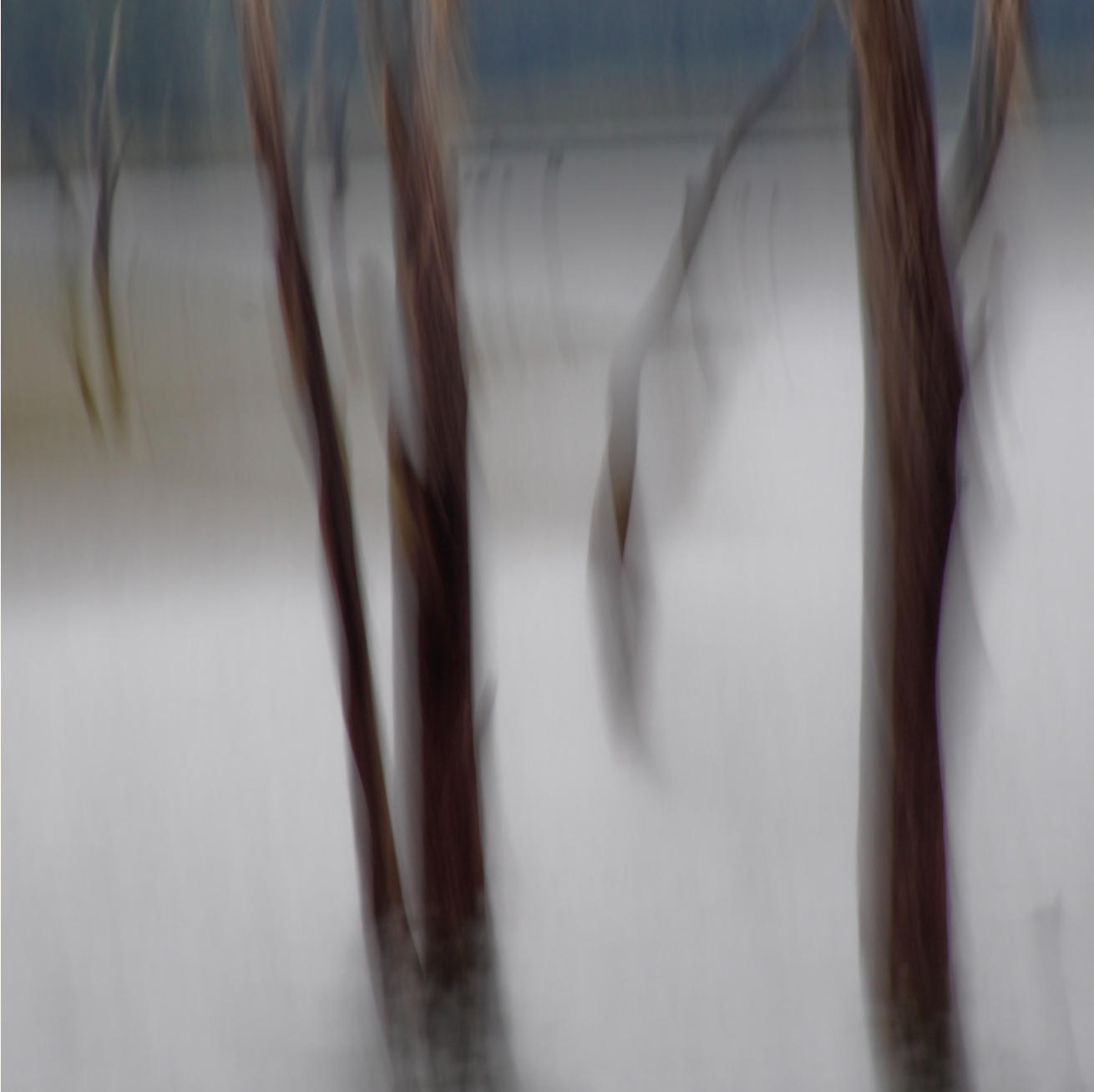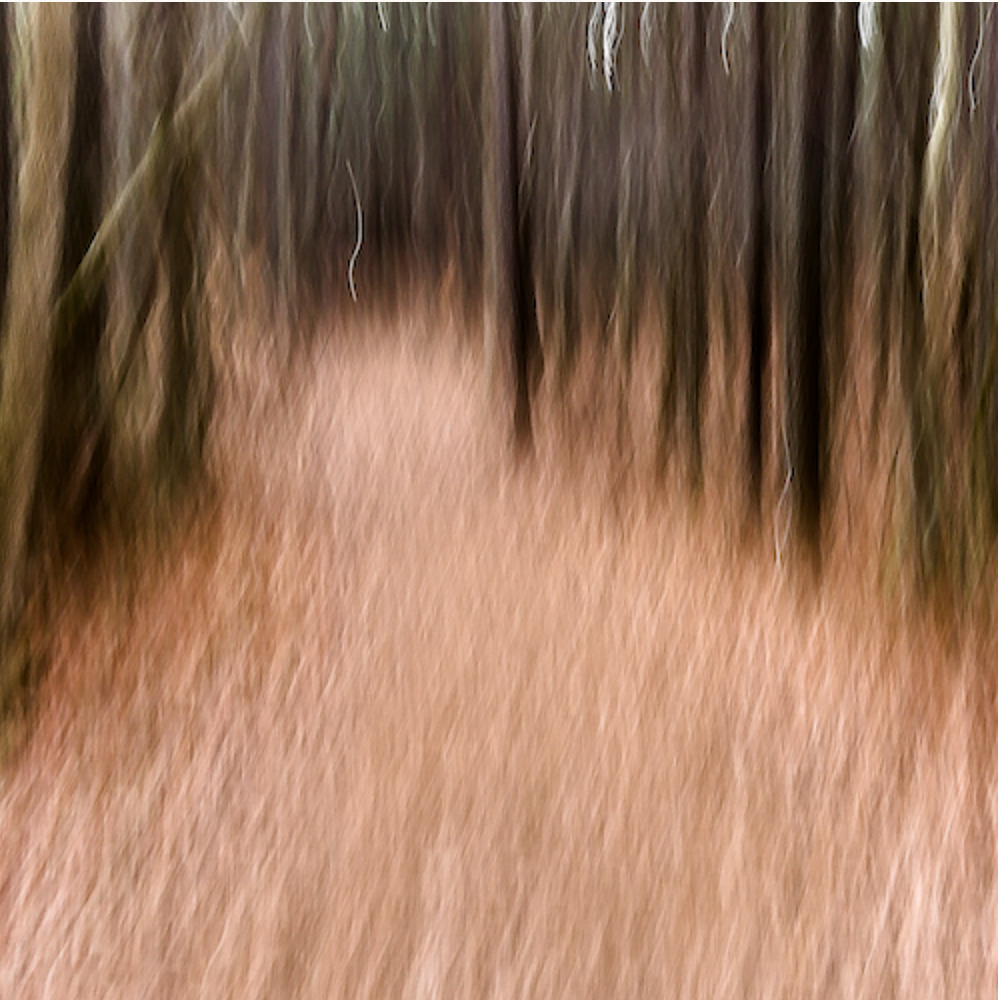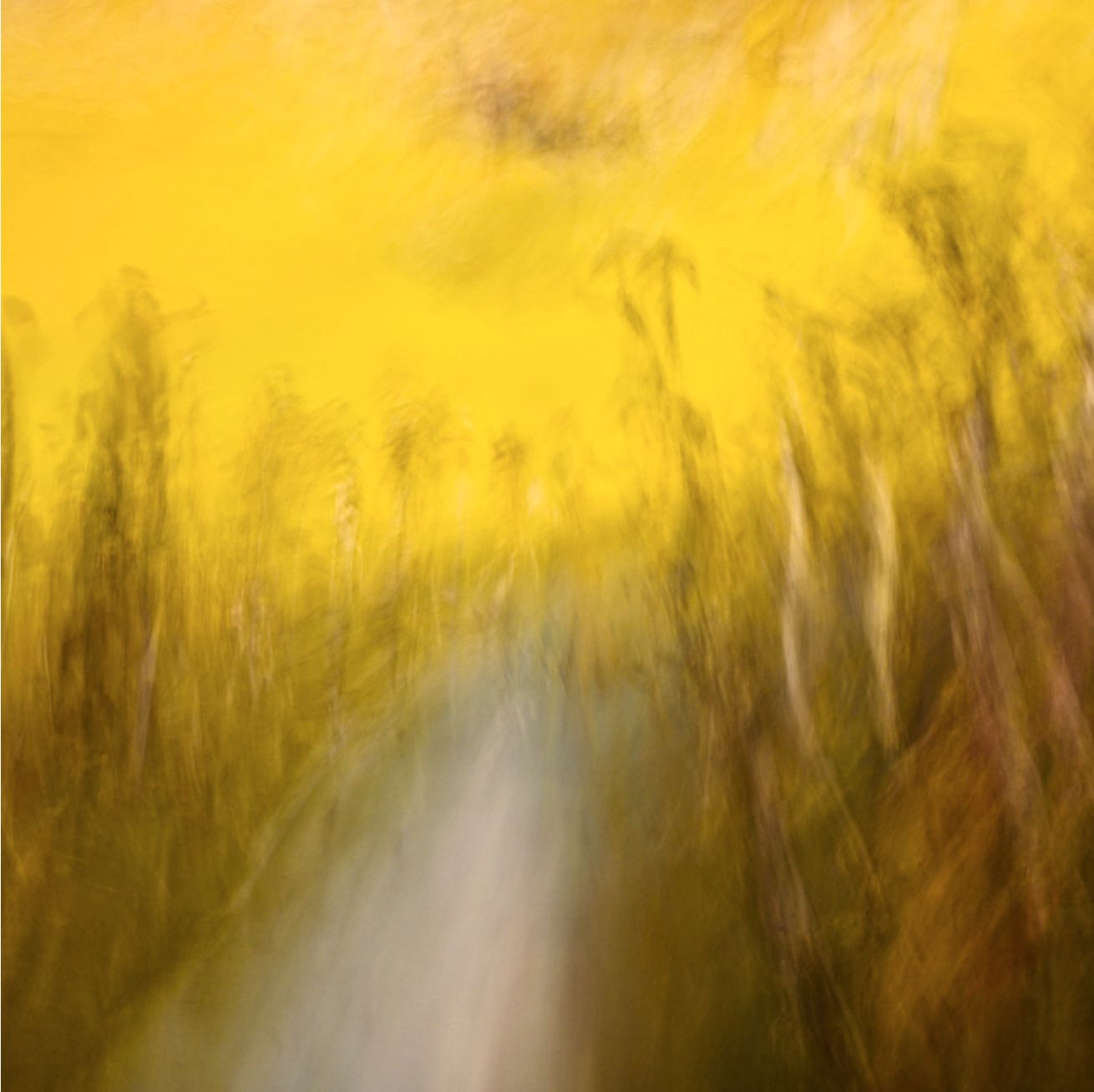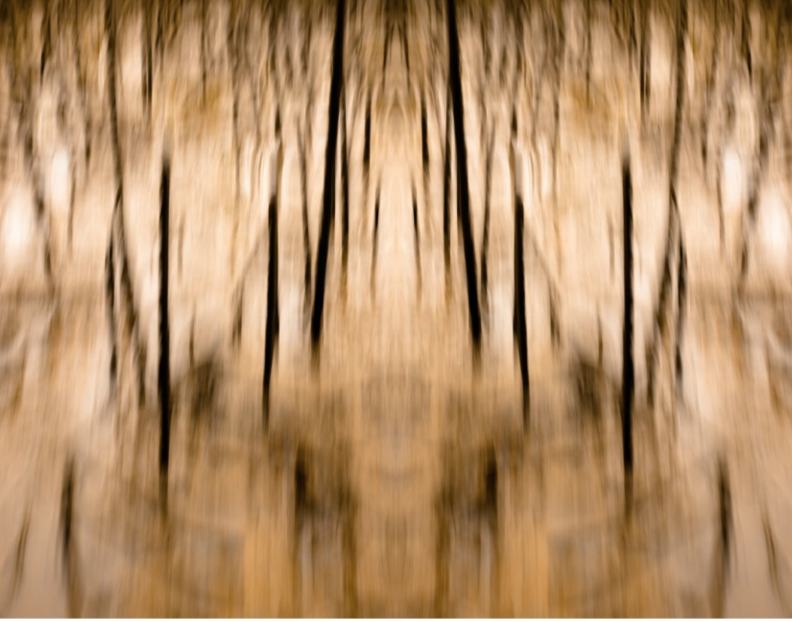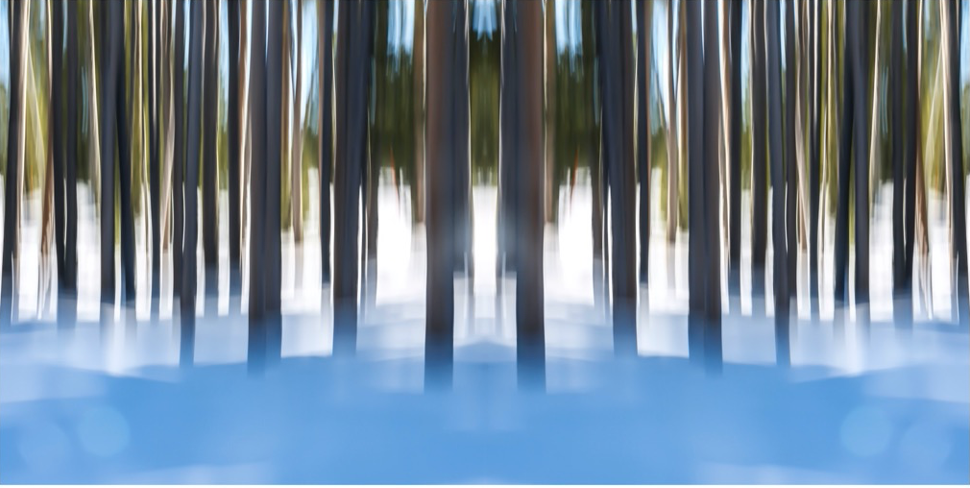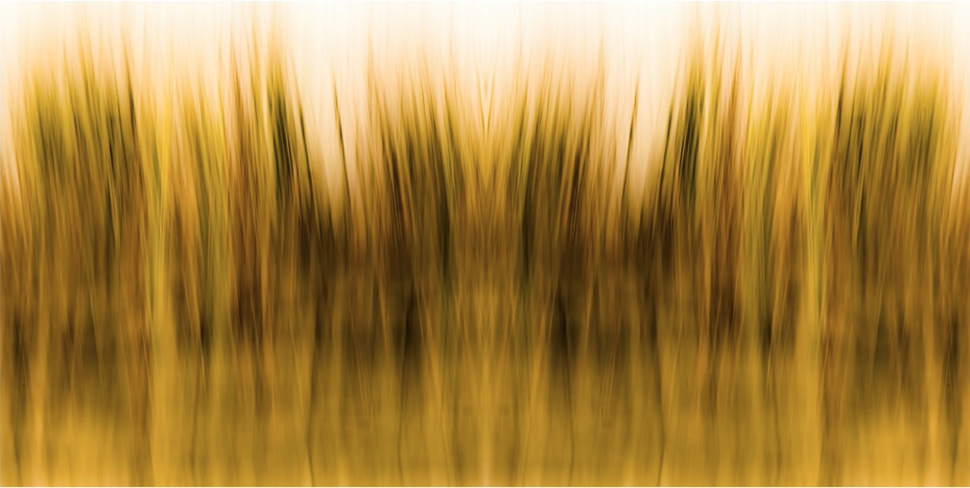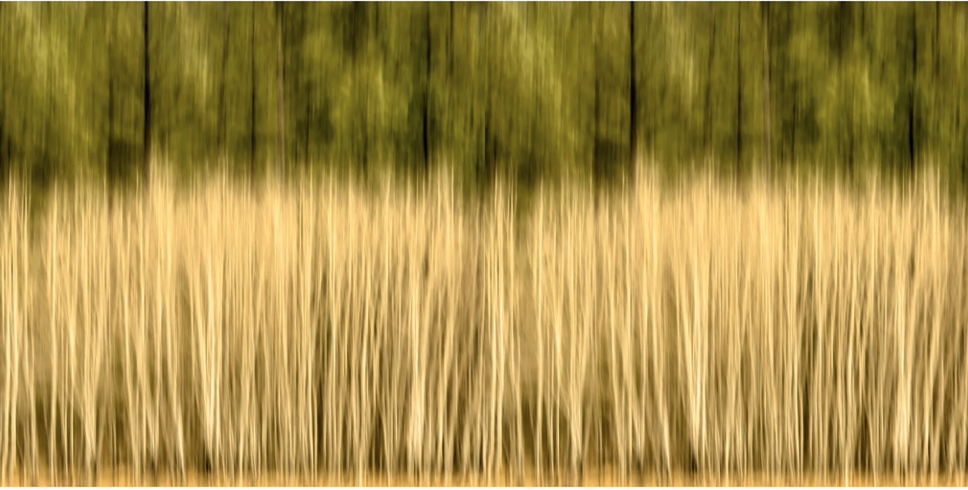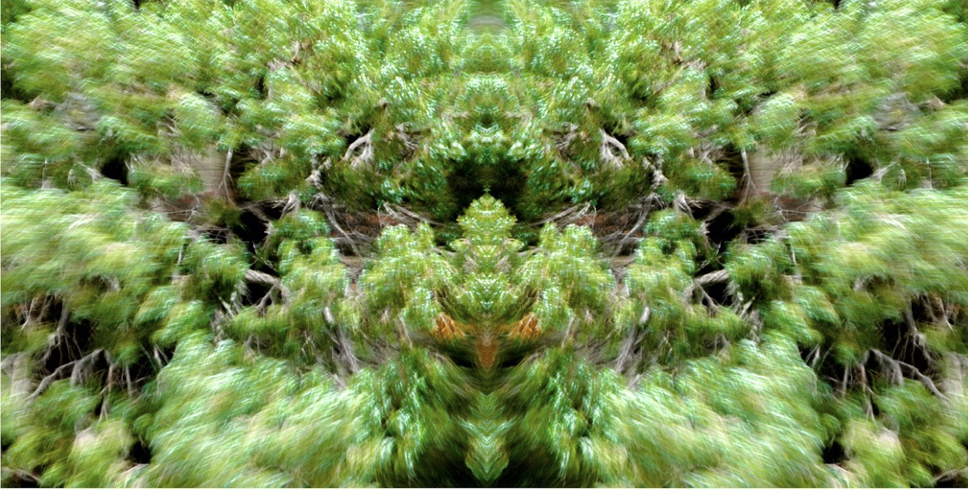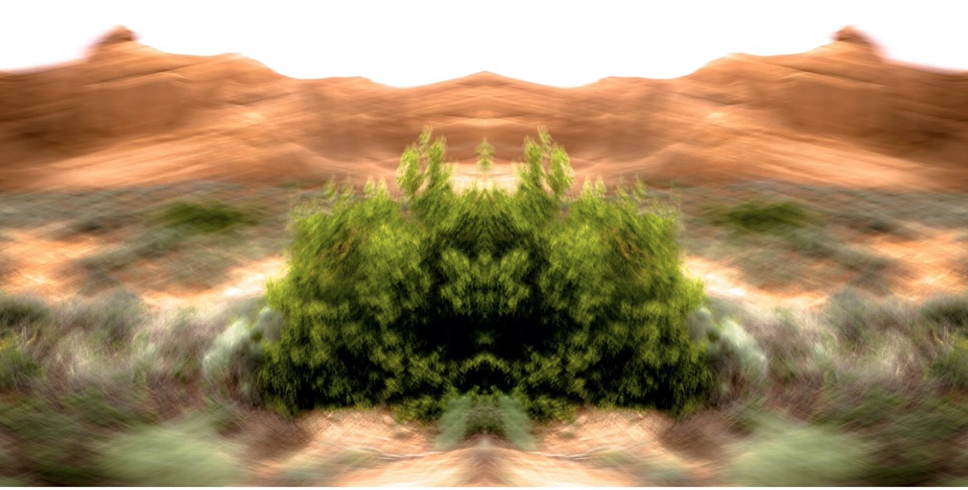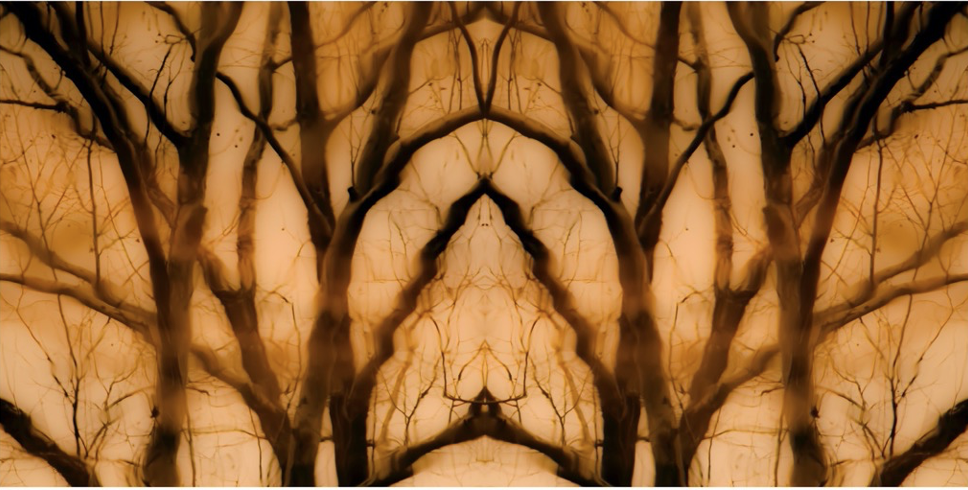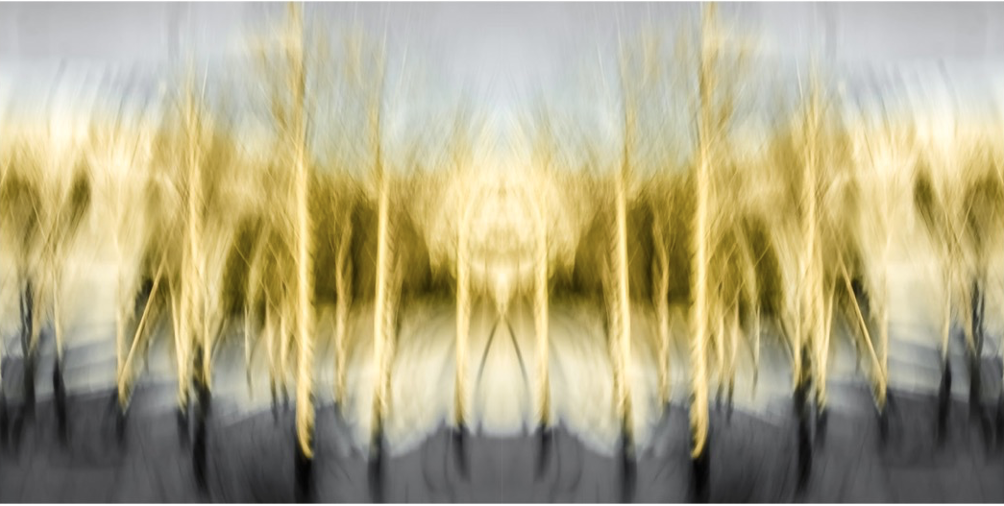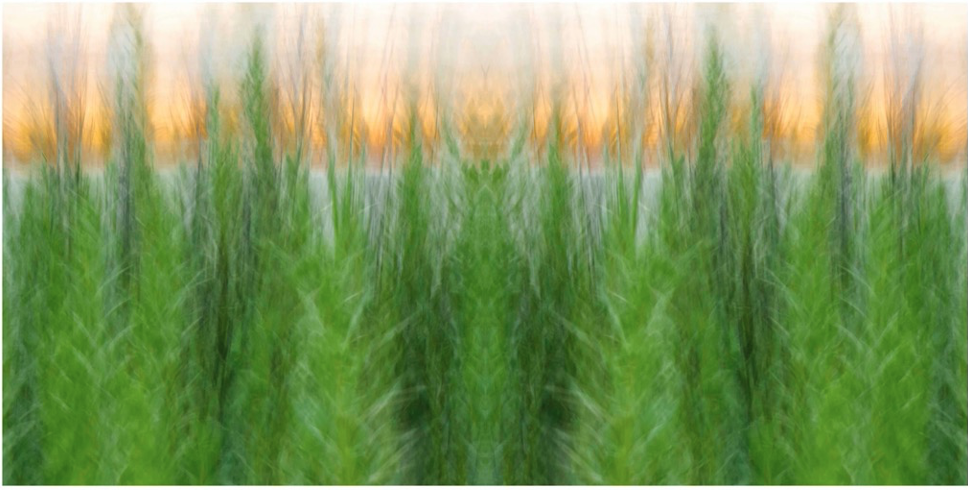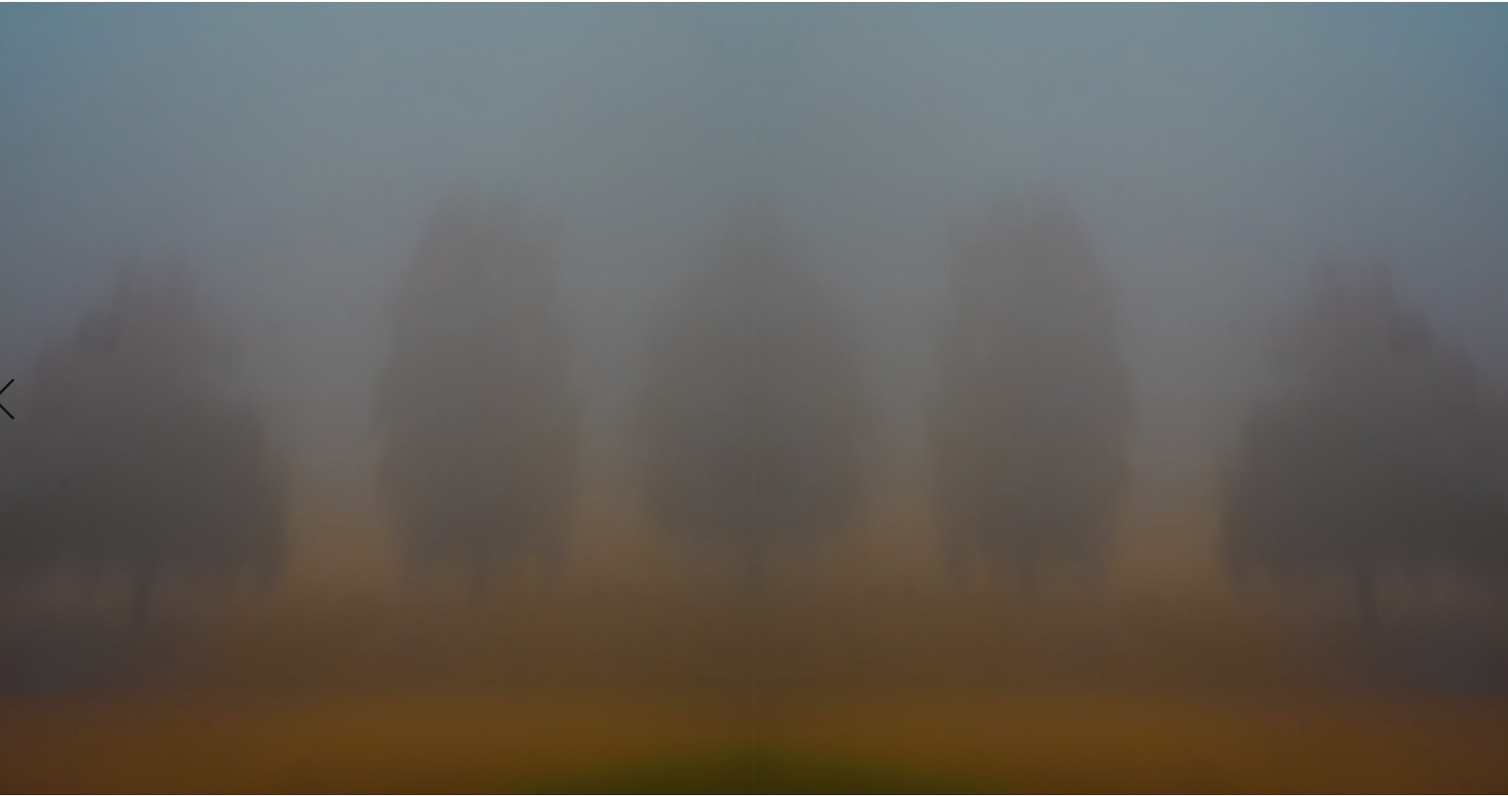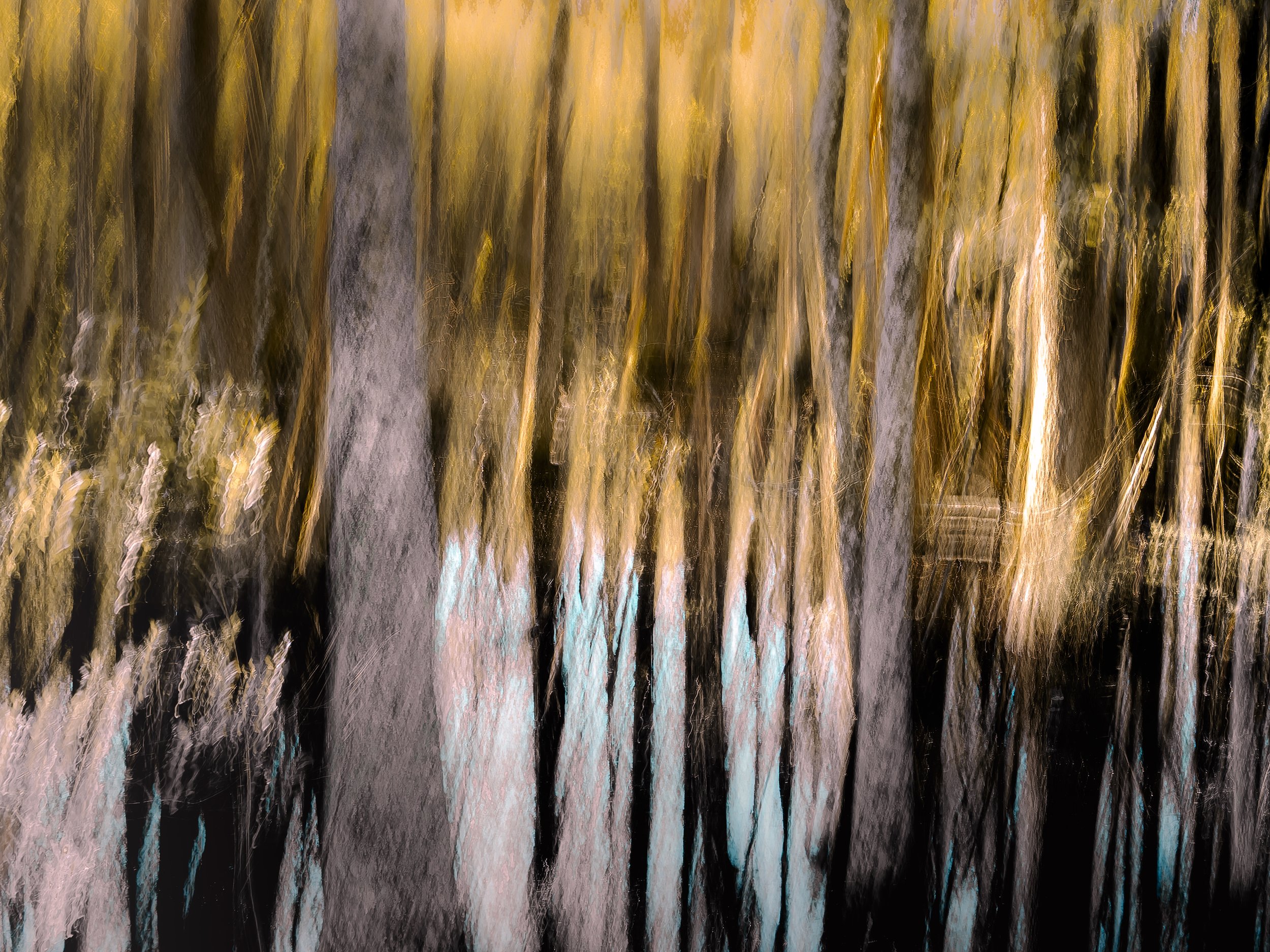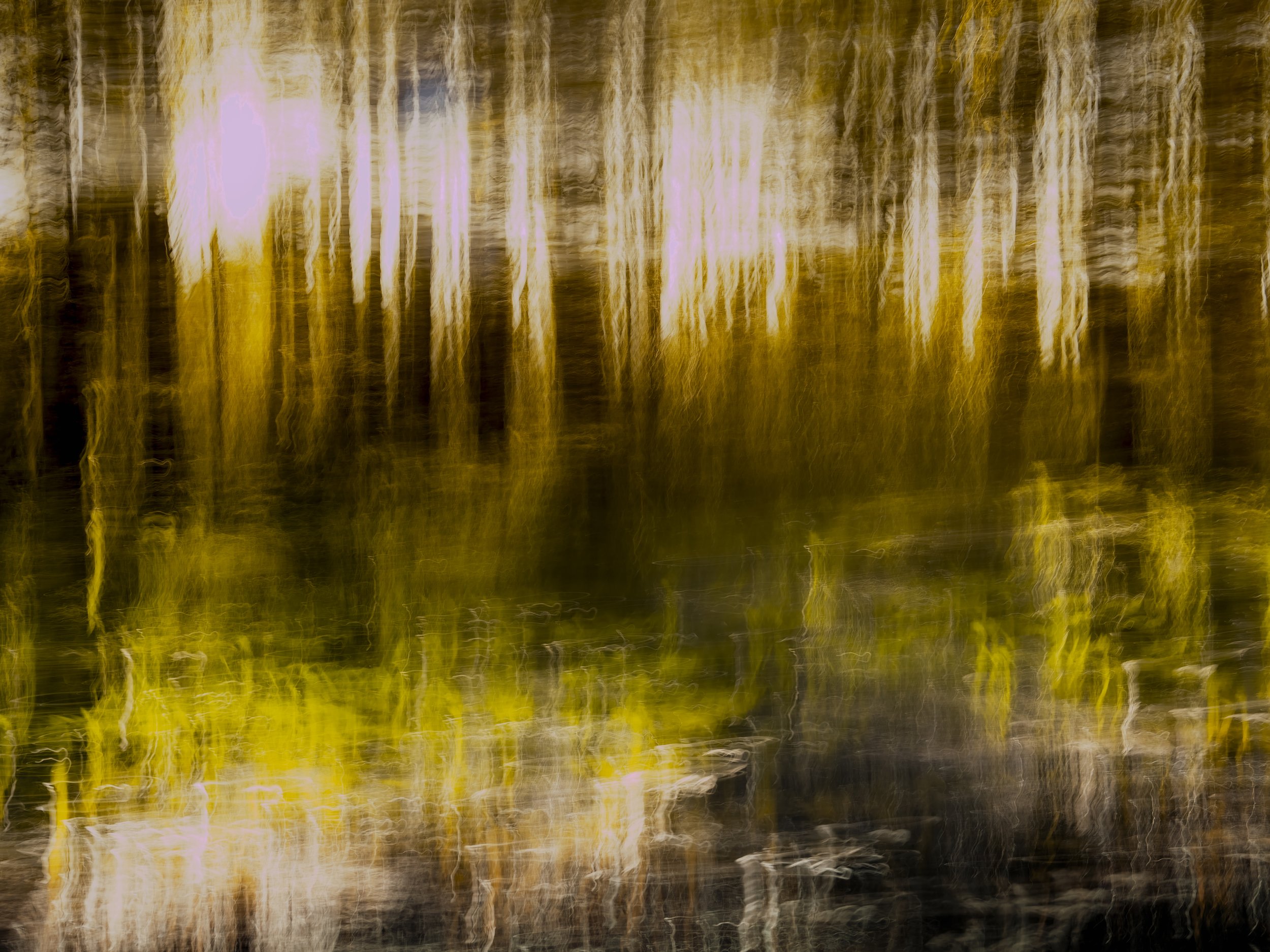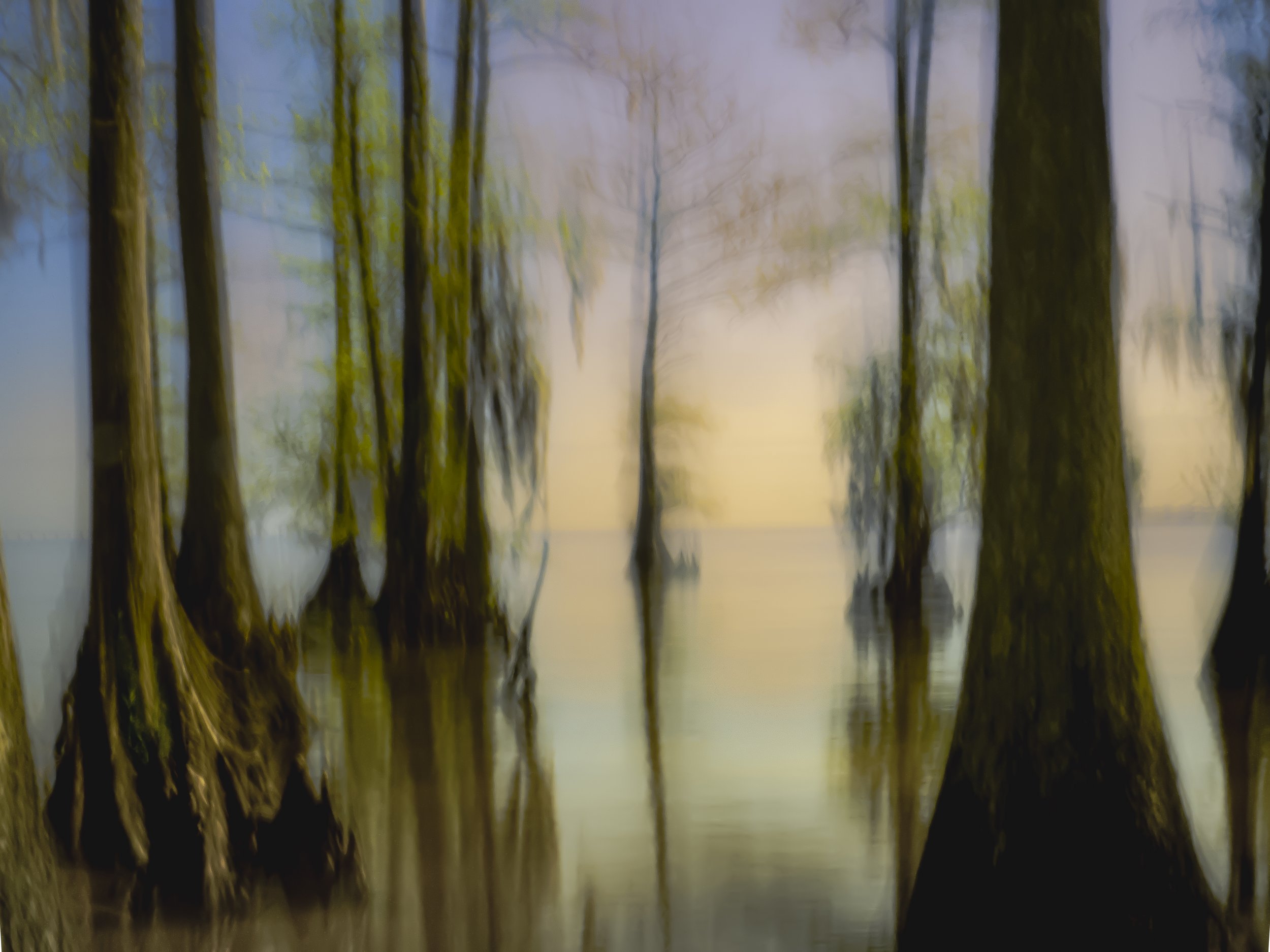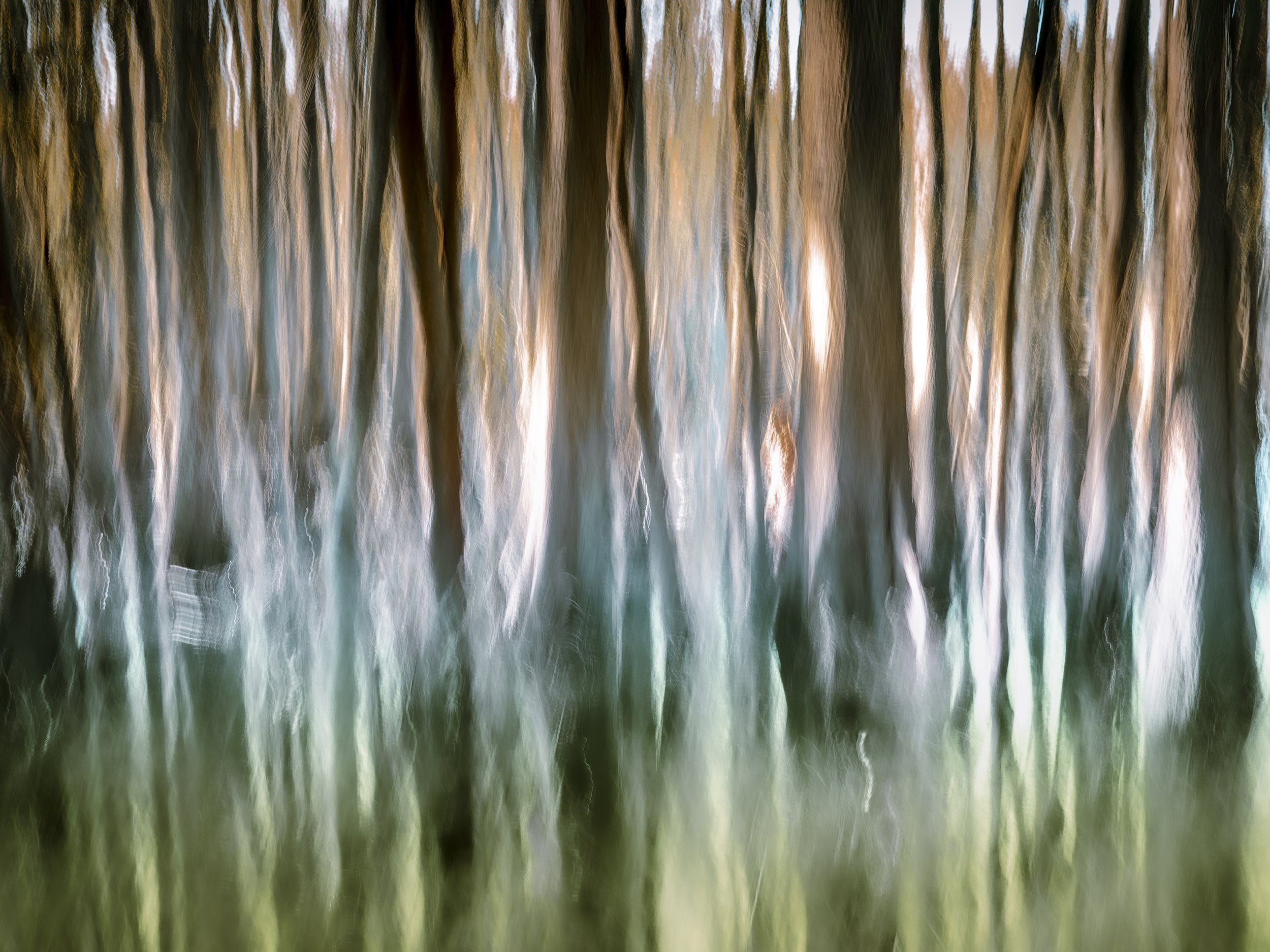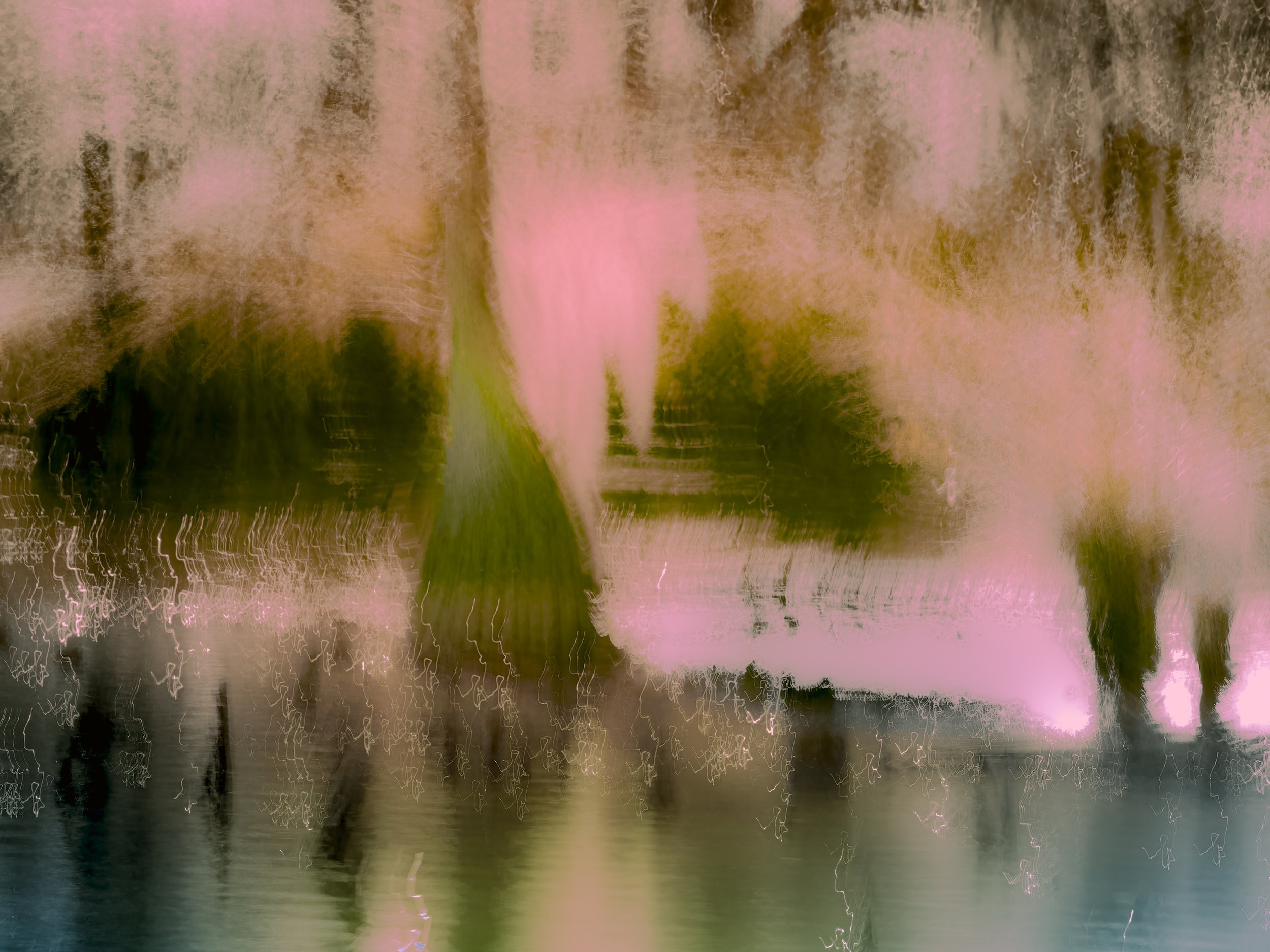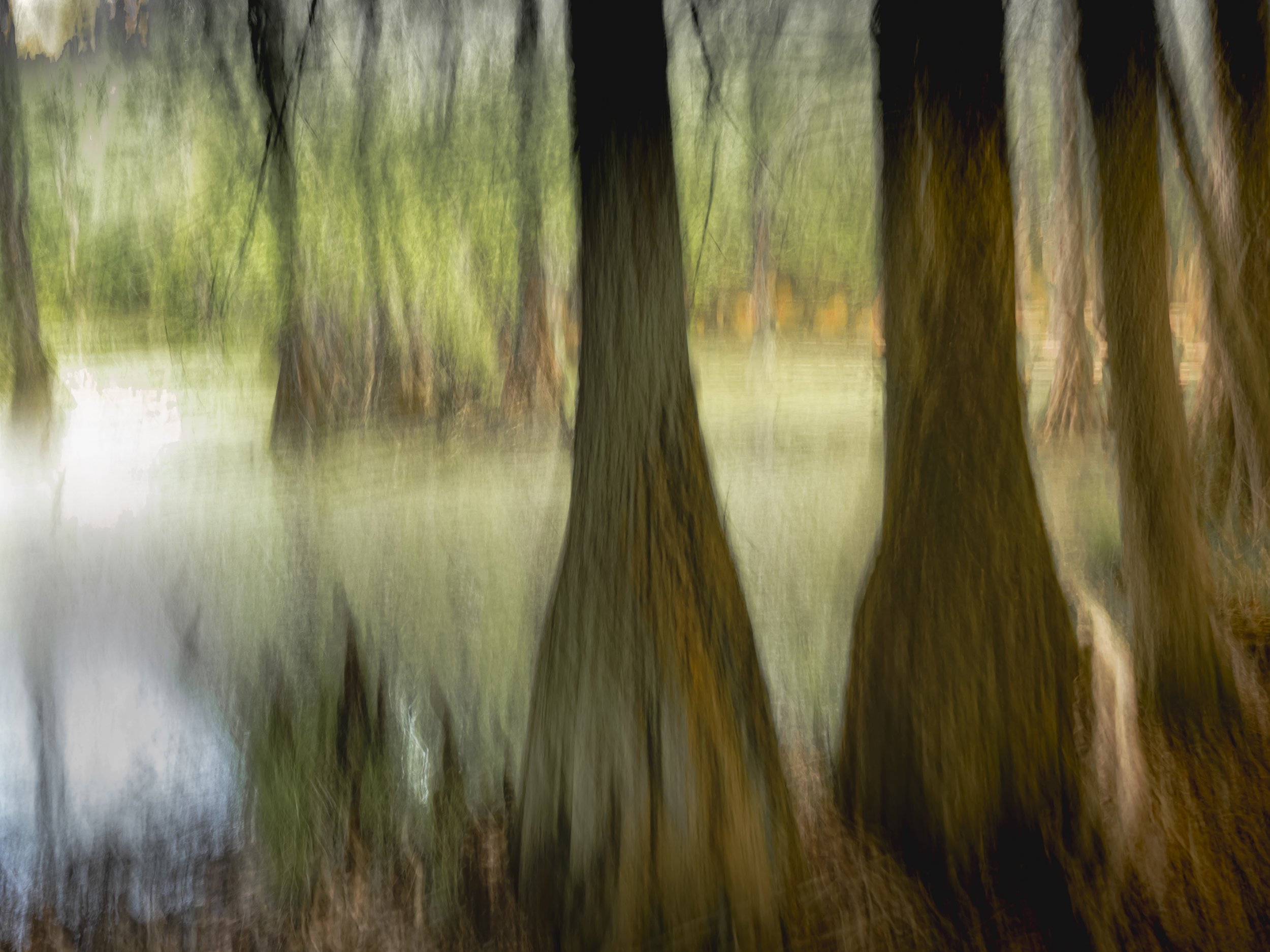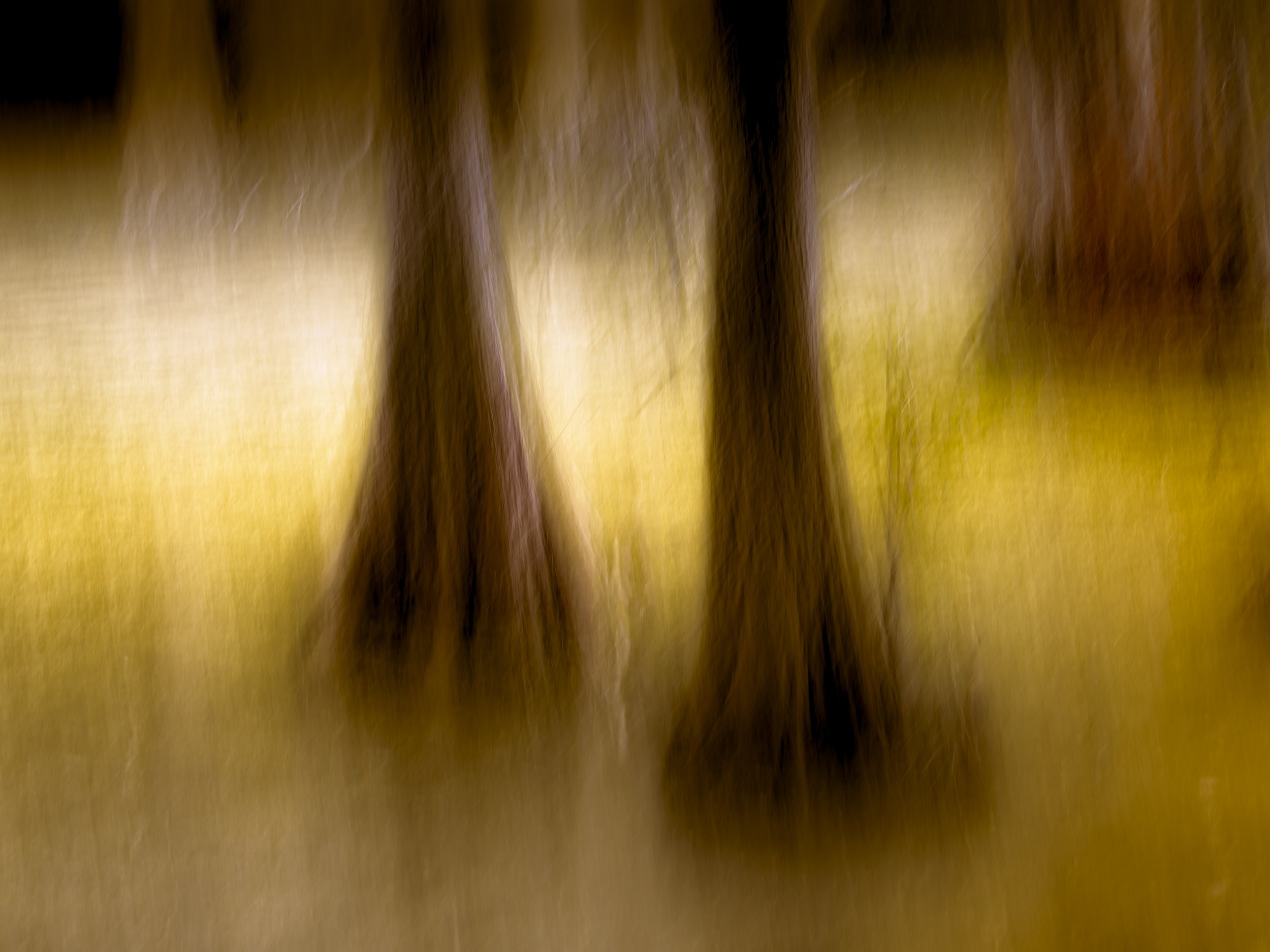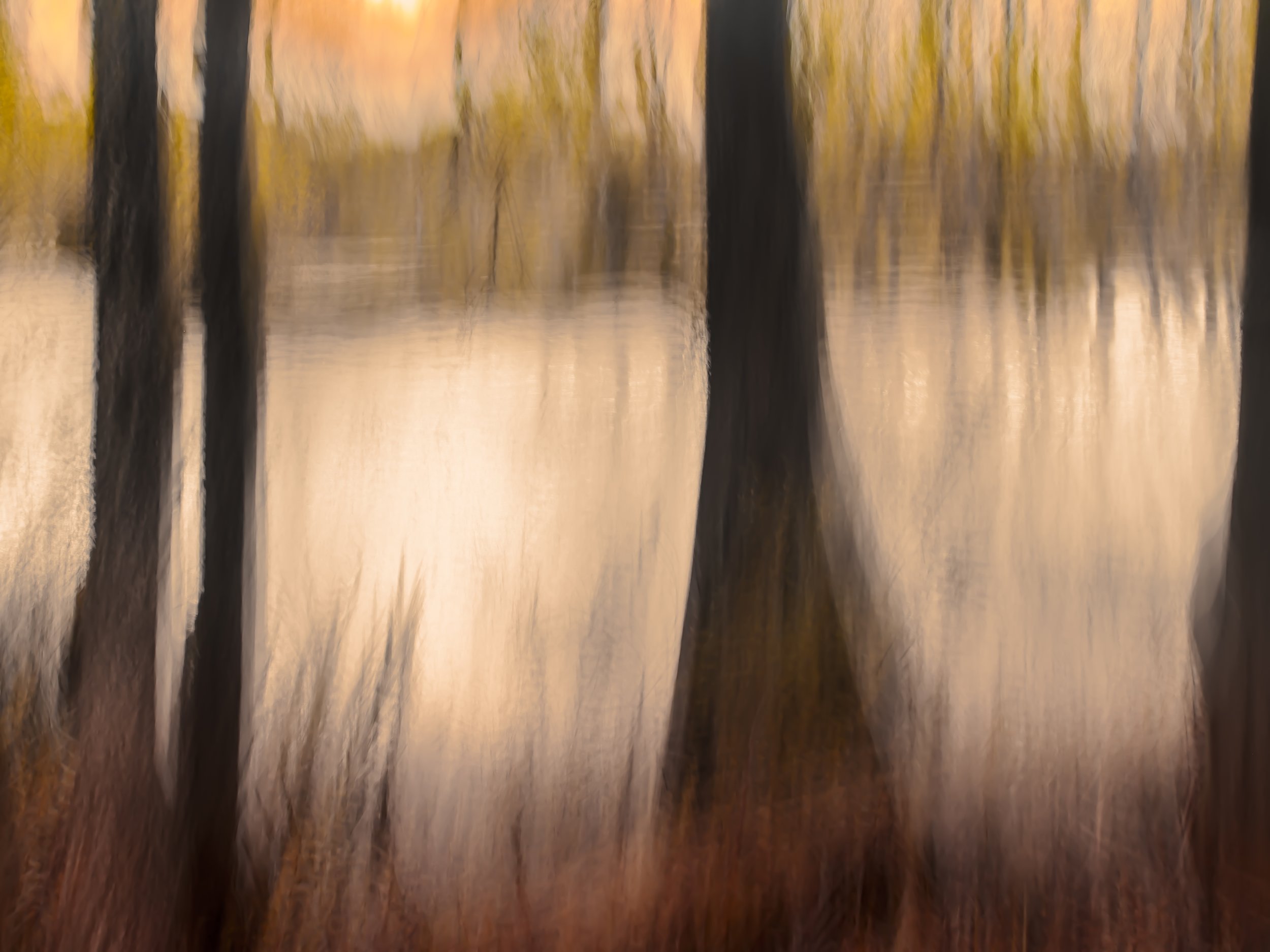Forest Portraits: Walking and Breathing
During recuperation from a serious illness in 2008, I wrestled with health issues and how to connect to digital camerawork, which was so foreign to me. My analog film methods were a slow extension of eyes and body—seemingly made for experimentation. Digital camera felt like machines disconnected from impulse, needed to correct and perfect images. Daily walks on Eno River trails in Durham, NC, served as both body and creative therapy. Eventually I began to discover turn off some features, slow the pace of my breath, and step with the forest’s natural architecture—breathing and moving in harmony with their verticality, using long exposures to create images that blurred edges at the rate of a single breath. This method formed the bases of work that continues to today in both natural and human environments. It heightened my focus on the dissolution of the perceived edges we rely on to separate objects. But my interest is in the inexact nature of edges, their ambiguity and atomization. I think a new kind of beauty can result from this kind of awareness.
DoubleTake: Unfolding Landscapes
I’ve experimented with pictures within and adjacent to pictures since the 1970s. There’s something about the tension and weird harmony of juxtaposed images and the dialogue they create that excites my eye. This DoubleTake series is comprised of both types: Pictures within and duplicated beside themselves, albeit recto verso. In cabinetry, re-sawn wood exposes grain that, if opened like a book—make symmetrical book grain, patterns that I’ve loved since my days as a cabinetmaker in 1980s California. These photo experiments are doubled and unfolded, matching the “grain” of the images.

